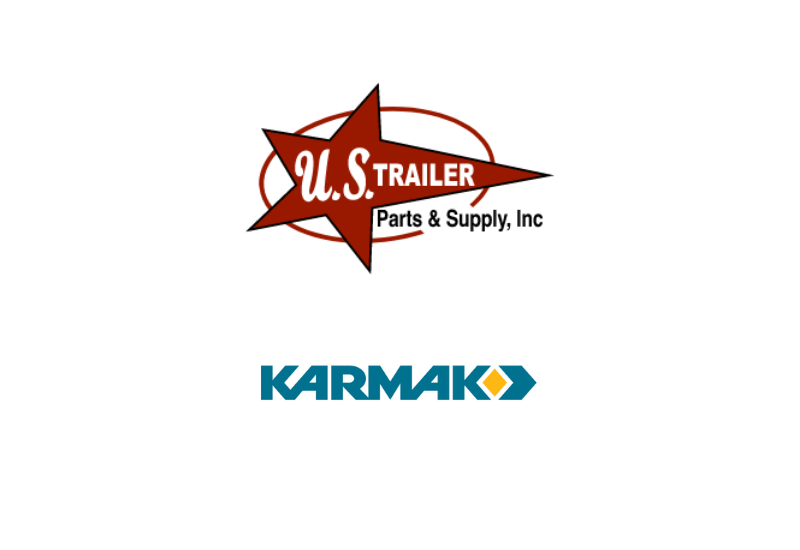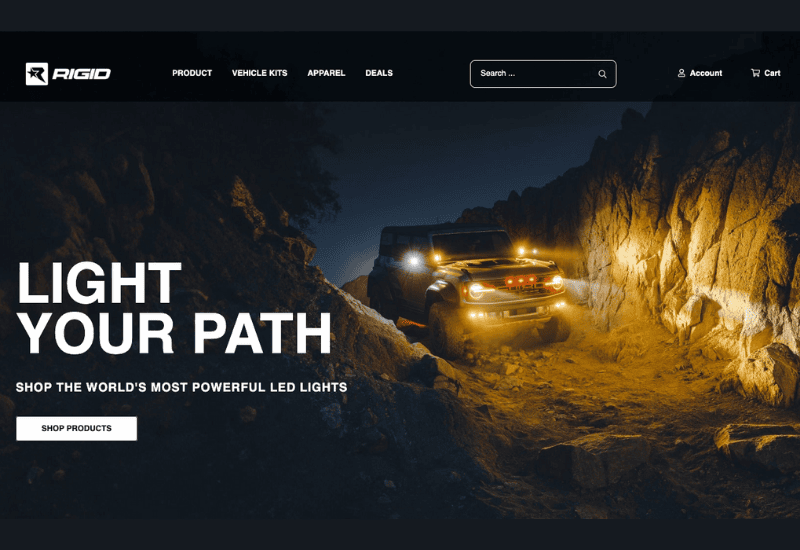 It’s finally happened. While the eCommerce world has known and acknowledged the importance of site speed for… ever, Google has joined the party via their newest update by penalizing the tortoises of the game. Because in the world of two-day guaranteed shipping and one-hour in-store pickup, the slow and steady does not win the race. Google recognizes the importance of this factor in user experience. In fact, they’ve gone one step further than acknowledgment and added a number of items to their pantheon of ranking factors based on the average user’s attention span – namely, the mobile site “speed update.”
It’s finally happened. While the eCommerce world has known and acknowledged the importance of site speed for… ever, Google has joined the party via their newest update by penalizing the tortoises of the game. Because in the world of two-day guaranteed shipping and one-hour in-store pickup, the slow and steady does not win the race. Google recognizes the importance of this factor in user experience. In fact, they’ve gone one step further than acknowledgment and added a number of items to their pantheon of ranking factors based on the average user’s attention span – namely, the mobile site “speed update.”
This new feature is a mobile ranking algorithm that Google has assured will affect only the super slow. But you can never be too careful, right? Well it just so happens that the team at Human Element is pretty well versed in the tactics of improving site speed. After all, as an eCommerce agency, making online shoppers happy is pretty much all we do. And there are some pretty easy, effective ways to keep load time down and average session duration up. Let’s review our top five.
Implement AMP
With humble silver-spoon beginnings from the belly of the Big G, The online world has embraced AMP and its ability to roundhouse kick load times to borderline nil with open arms. “Nil? Really?” You know it! As quickly as the human brain is capable of interpreting what the eyes see, AMP websites are able to load. Load time is a fraction of the time it takes their HTML counterparts and clock in with a 15-85% reduction in load times, leaving no time for distractions or frustration from the user.
You smart cookies already know that faster load times translate to more customers happier and faster – now it also means you could see an improvement in your rankings. WE’RE SO AMP’D UP.
Utilize a CDN
A CDN (Content Delivery Network) works by storing a cached version of your site’s content in data centers across the globe. Because of their placement in orientation to the user requesting access to your site, they can greatly improve the speed at which your page loads by serving the site’s content from the nearest data center – proximity matters when information needs to travel through the ‘tubes. If you’re a popular website, a CDN also works to distribute the load of your users and helps your site maintain its peak performance while handling high traffic volume by distributing your traffic across multiple caching servers.
Compress Your Images
Imagery is leading the charge in boosting a customer’s confidence in a brand or product, as well as attracting new customers to in the first place. With online shopping revenue hitting the $2 Trillion mark in 2017, and expected to double by 2021, using high quality images that capture your audience is a must. But images come with a lot of baggage. Because of their size, images are notorious for being one of the biggest drags on a site’s load time.
Compressing images can be a great way to save time without impacting the functionality of your website, and doesn’t require a developer’s help to get started. Compressor.IO is one of a myriad of websites online that is free and ready to compress your images without having any overly noticeable impact to the image’s quality.
Use Gzip
GZip is a form of data compression specifically utilized by websites. A site’s files can be compressed to reduce bandwidth and download times through smaller file sizes. It should be noted that a browser must still unzip the compressed file once it is received, however the time taken to do this is still less than the time needed to load a site without GZip in place.
Reduce 301 Redirects
301 Redirects are simultaneously an SEO’s best friend and worst nightmare. Their ability to carry organic equity from page to page is a blessing from the Google gods in a world where historical data and reputation can make or break a ranking. However, what most people don’t realize is that a redirect adds time to a browser’s loading session, and forces the user to a new URL – making the browsers wait a bit longer for HTTP requests to come back.
To Google Tools and Beyond
Need help finding other areas for optimization? Check out the PageSpeed Insights tool, which will give you more details on the specific code and configurations that are slowing your site down. Work with your developer to clean up the nitty gritty. Google Search Console also contains bunches of information on mobile ranking and performance that is all to easy to overlook. Head on over to “Crawl errors” and open up the SmartPhone section to spot any crawl errors. Or visit my last article on site speed: 8 Seconds to get it right on Mobile to help further streamline your pages.
Want to optimize your site and aren’t sure how to get started – or don’t have the time to do it yourself? That’s where Human Element steps in. Our team of experienced developers, digital marketing specialists, and UX experts can tell you how to improve and set a roadmap for your growth. Feel free to get in touch and see how we can help your eCommerce business grow.



